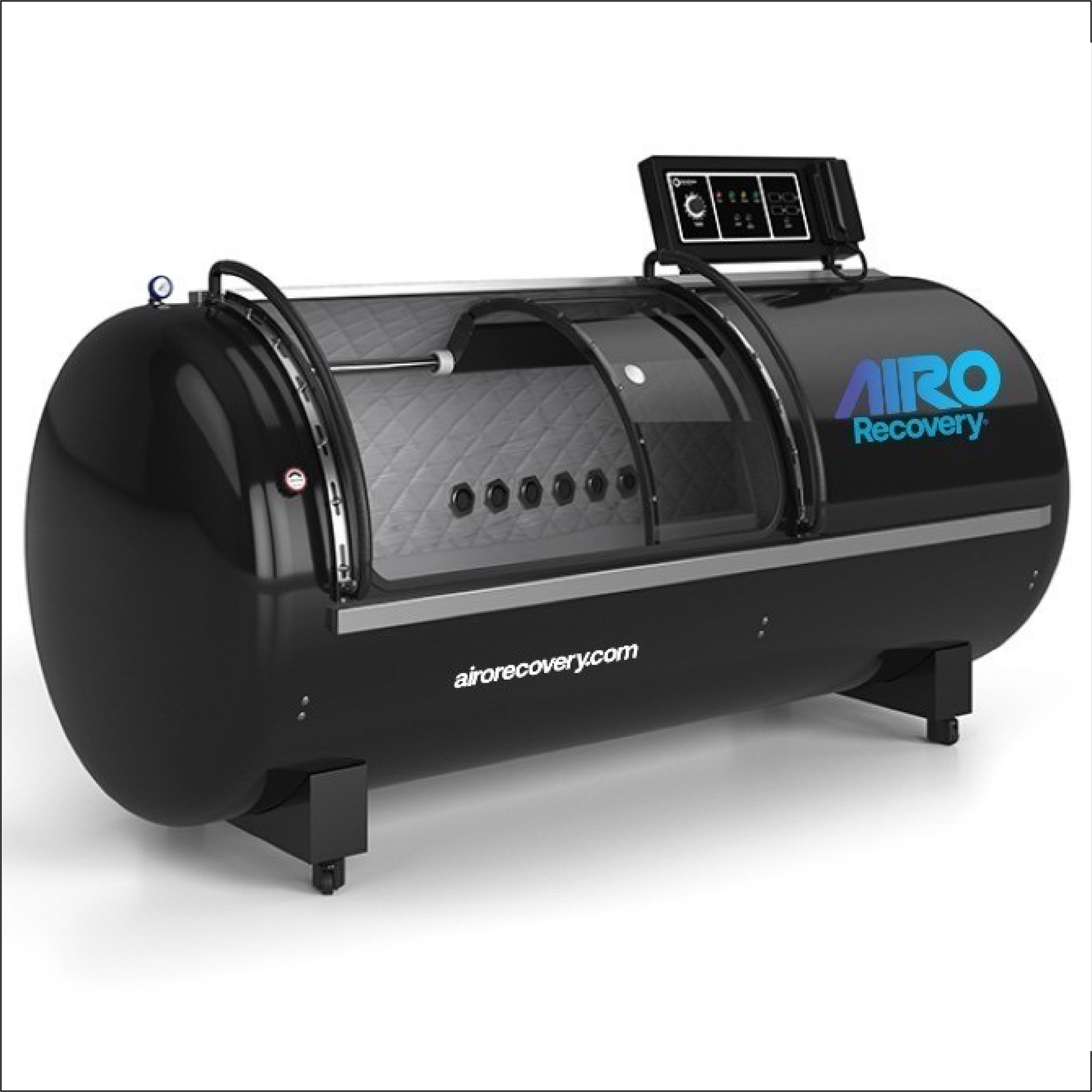Traumatic Brain Injury and Hyperbaric Oxygen Therapy.
There are an estimated 4.8 million cases annually of Traumatic Brain Injury or TBI in the United States, 75% of which are mild TBI (concussion). Over 50,000 people die in the U.S. every year from severe TBI.

What is TBI?
Traumatic brain injury is a direct (impact to the head) or indirect (shaking as in whiplash or “shaken baby”) mechanical injury to the brain that results in tearing, stretching, or shearing of tissue, secondary inflammation, and neurological dysfunction.
What are the effects?
Traumatic brain injury is characterized by altered consciousness or loss of consciousness with varying severities of injury (mild, moderate, or severe) proportional to the force of the injury. It can cause anywhere from temporary neurologic dysfunction to death. Up to 55% of all mild TBI patients develop persistent post-concussion syndrome characterized by cognitive symptoms, headache, irritability, sleep disruption, fatigue, dizziness, depression, anxiety, apathy, and change in personality.
HBOT is the only therapy that directly treats the underlying disease processes of TBI (decreased oxygen, decreased blood flow, swelling of the brain, constriction of blood vessels, acidosis, and anaerobic metabolism). HBOT is the most effective therapy known for patients with persistent post-concussion syndrome.









